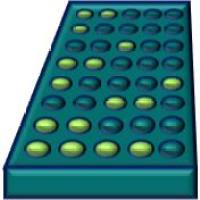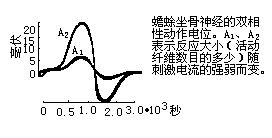Cardiac Channelopathies Studied With the Dynamic Action Potential-Clamp Technique
互联网
558
The cardiac long QT syndrome (LQTS) is characterized by a delayed repolarization of the ventricular myocytes, resulting in
prolongation of the QT interval on the electrocardiogram and increased propensity to cardiac arrhythmias. Congenital LQTS
has been linked to mutations in genes encoding ion channel subunits. For a better understanding of LQTS and associated arrhythmias,
insight into the nature of ion channel (dys)function is indispensable. Conventionally, voltage-clamp analysis and subsequent
mathematical modeling are used to study cardiac channelopathies and to link a certain genetic defect to its cellular phenotype.
The recently introduced “dynamic action potential clamp” (dAPC) technique represents an alternative approach, in which a selected
native ionic current of the ventricular myocyte can effectively be replaced with wild-type (WT) or mutant current recorded
from a human embryonic kidney (HEK)-293 cell that is voltage clamped by the free-running action potential (AP) of the myocyte.
Both a computed model of the human ventricular cell and a freshly isolated myocyte can effectively be used in dAPC experiments,
resulting in rapid and unambiguous determination of the effect(s) of an ion channel mutation on the ventricular AP. The dAPC
technique represents a promising new tool to study various cardiac ion channels and may also prove useful in related fields
of research, for example, in neurophysiology.










